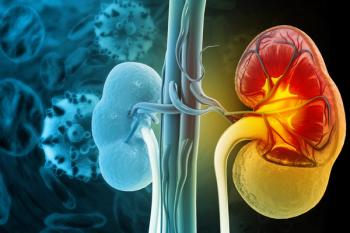
Brain Matter Loss in Bipolar Disorder Mirrors Other Mental Illnesses
Although believed to be distinct, different psychiatric disorders may produce similar loss of gray matter in the brain.
Although believed to be distinct, different psychiatric disorders may produce similar loss of gray matter in the brain.
Pooling data from 193 peer-reviewed papers, researchers reviewed magnetic resonance images of 7381 patients with bipolar disorder, schizophrenia, major depression, addiction, obsessive-compulsive disorder, and a spectrum of related anxiety disorders and then compared them with images from 8511 matched control subjects.
"We tried to ask a basic question that hasn't been asked: Is there any common biological basis for mental illness?” said senior study author Amit Etkin, MD, PhD, in a press release.
Across patients with different psychiatric conditions, the research team identified a similar loss of gray matter in the left and right anterior insula and the dorsal anterior cingulate, which Dr. Etkin described as the “alarm bell of the brain.”
"They work together, signaling to other brain regions when reality deviates from expectations—that something important and unpredicted has happened, or something important has failed to happen," he said.
Dr. Etkin noted that patients diagnosed with psychiatric illnesses also tend to show gray matter loss in other brain regions aside from the 3 illustrated in his study. For instance, individuals with major depression often lose gray matter in the hippocampus and amygdala, which are essential to storing memories and processing emotion.
"The idea that these disorders share some common brain architecture and that some functions could be abnormal across so many of them is intriguing," said Thomas Insel, MD, director of the National Institute of Mental Health, in the press release. “…I've been working under the assumption that we can use neuroimaging to help classify the different forms of mental illness. This makes it harder.”
The researchers’ additional analysis determined that the gray matter reductions seen in the left and right anterior insula and the dorsal anterior cingulate were independent of any medication effects or comorbid psychiatric conditions.
Newsletter
Stay informed on drug updates, treatment guidelines, and pharmacy practice trends—subscribe to Pharmacy Times for weekly clinical insights.












































































































































































































